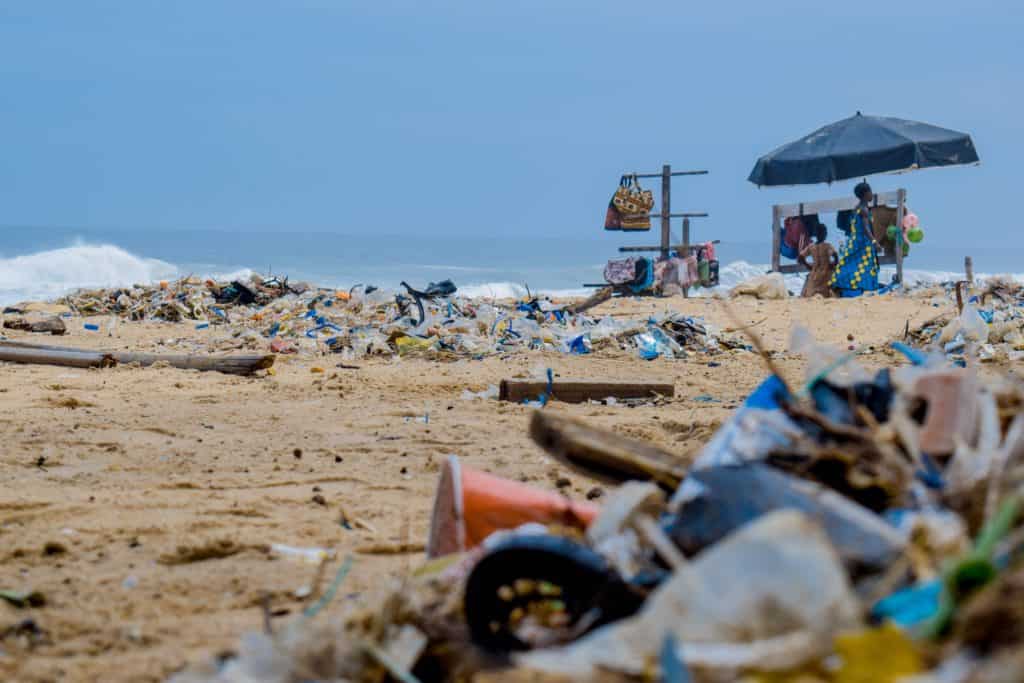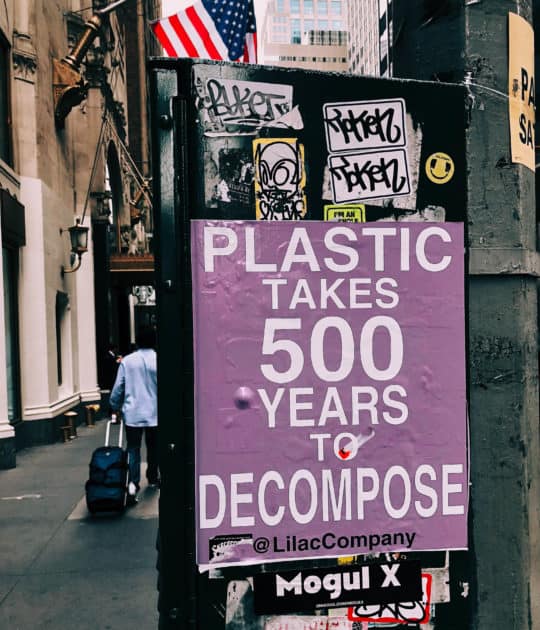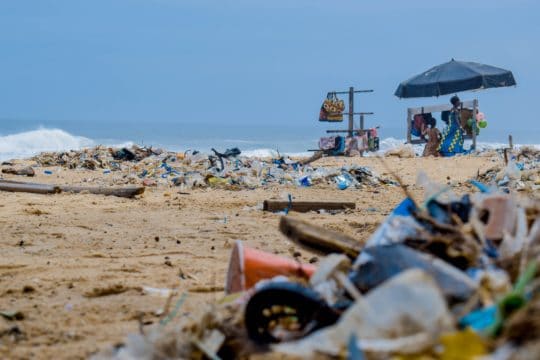Spend $50 and get FREE SHIPPING

Have you ever thought about what happens to that moisturizer, cleanser, or underarm packaging after you throw it away? Even if cleaned and recycled, the dark truth is that the majority of recycled materials actually end up in the landfill.
Let’s delve into the scale and truth of plastic packaging waste.

For starters
Global production of plastic products saw an almost twenty-fold increase between 1960 and 2015. Production went to 322 million tonnes in 2015, and is predicted to double by 2035.
In the United States, packaging is the largest market for plastics; accounting for 65% of all plastic waste by weight. Europe isn’t too far behind either, with 59%.
The cosmetics industry alone produces 120 billion plastic-packaging products annually, which is mind-blowing when you consider that there are only 330 million people in the country.
The subsequent footprint and consequences
According to the Ellen MacArthur Foundation, by 2050, there will be more plastic in the ocean than there will be fish.
There is an ocean garbage site in the North Pacific Ocean, aptly named the Great Pacific Garbage Patch; twice the size of Texas, and filled with litter that has entered the ocean.
In landfills, plastic can take up to 1,000 years to decompose.

Shifting tides
Credo beauty is on the forefront of defining formula and packaging standards in the beauty industry. One of their packaging standards require brands to, “replace virgin petrochemical plastic with 50% or more recycled plastic content, or use a more sustainable material, by June 2023.”
Giants like Amazon are responsible for producing the most waste and therefore have the responsibility in finding solutions to this global problem. They’ve recently updated their packaging standards which includes stricter guidelines for plastic packaging that all vendors have to meet in order to sell on the platform.
New technology has enabled the lowering of the price of recycled plastics, the production of which is 66% more energy efficient than virgin-plastic production.
The main takeaway
While it’s good that we continue to put pressure on businesses to adapt to reduce plastic waste, we must first lead with our own actions and do what we can to reduce our own plastic usage. The easiest thing to do is to ditch single use straws and water bottles. And start buying from brands that use minimal plastic and are environmentally conscious.
Enjoyed this article? You might find these helpful too:
